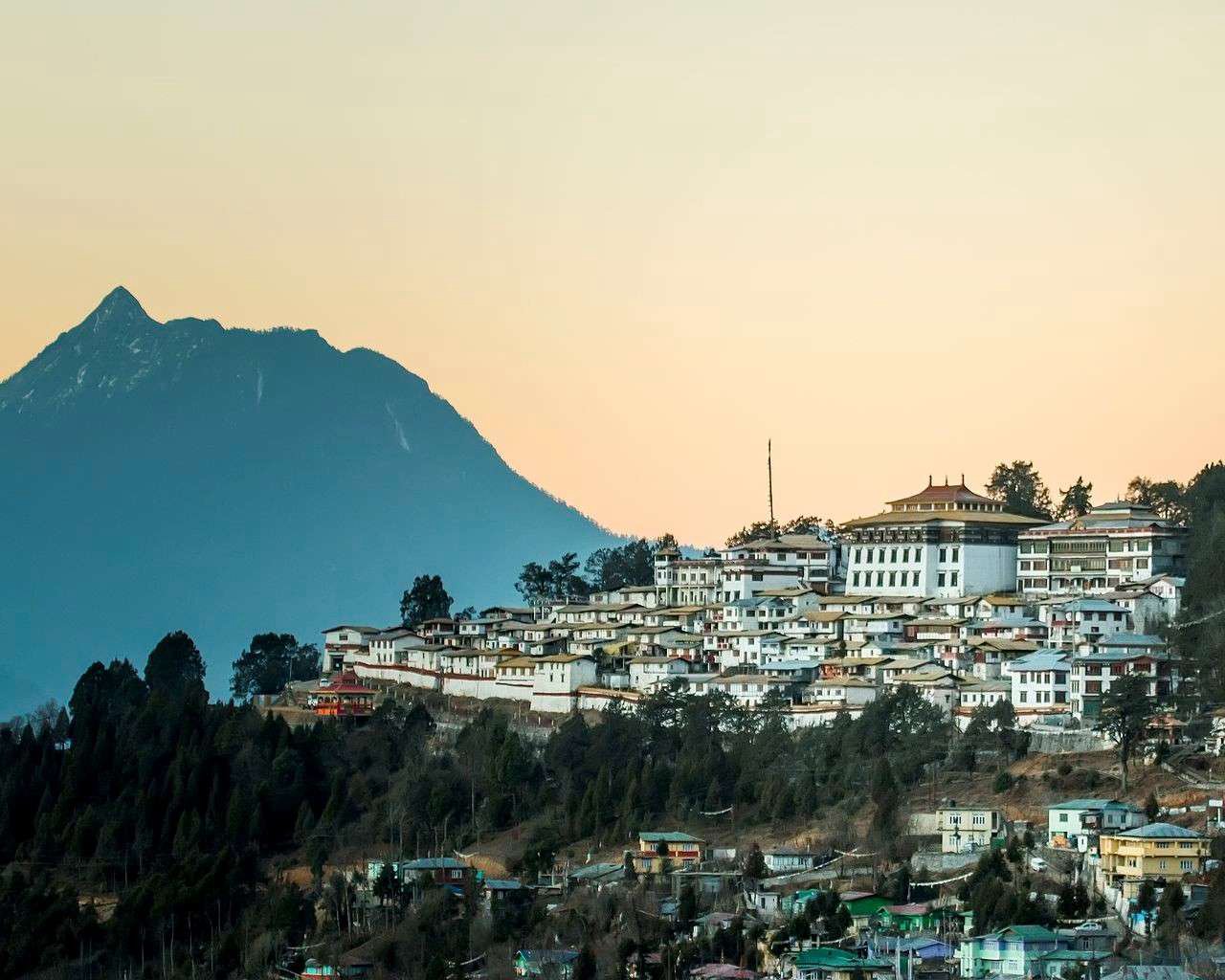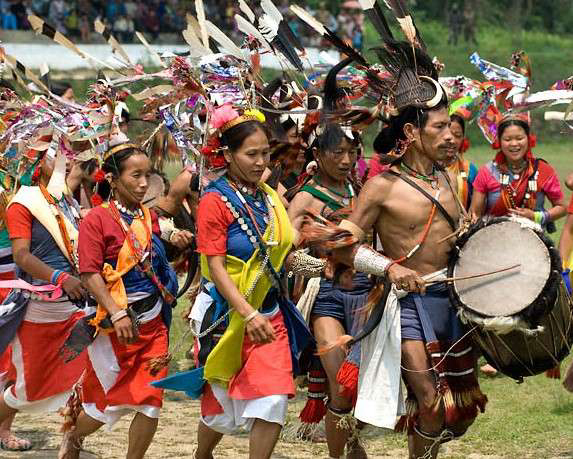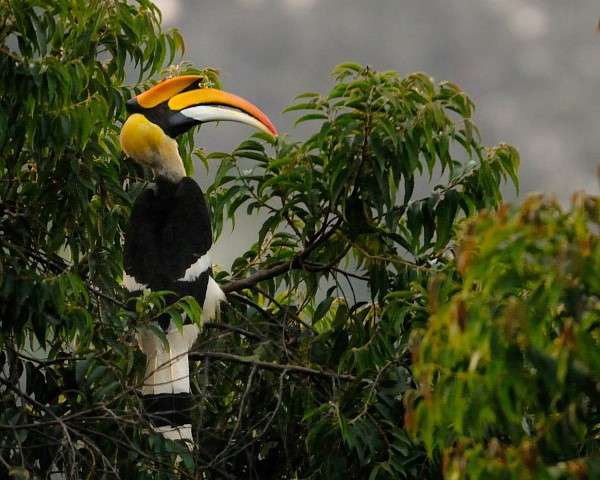
The famous Tawang Monastery, Arunachal Pradesh
On this 20th February, the North-eastern Indian state of Arunachal Pradesh will be celebrating its 35th Statehood Day, like every year. This ethnically diverse state is largely covered in forest and greenery, and its pristine region is one of the least unexplored regions in India. The name and location of this beautiful state is also mentioned din the ancient literature like Ramayana and Mahabharata. Arunachal Pradesh became a full-fledged state on 20th February, 1987. It was initially a union territory which was carved out of Assam. And thus, when it was officially becoming a state on 20th February, the day was observed as the statehood day of Arunachal Pradesh. A major part of the state is claimed by both, the People’s Republic of China and the Republic of China (Taiwan), as part of the region of south Tibet. During the Sino-Indian war of 1962, most of part of Arunachal Pradesh was captured by the Chinese People’s Liberation Army. Arunachal Pradesh got its status as union territory on 20th 1972 and it was named as Arunachal Pradesh.
Today, Itanagar is the state capital of Arunachal Pradesh. By area, the Arunachal Pradesh is the largest of the Seven Sister States of Northeast India. Arunachal Pradesh borders the state of Assam and Nagaland to the south. It borders the states of Assam and Nagaland to the south. It similarly shares international borders with Bhutan in the West, Myanmar in the east, and a disputed border with China in the North at the McMahon border line. According to the 2011 Census, it has a population of 1,382,611 and an area of 83,743 square kilometer. The state is predominantly occupied with Monpa community in the west, Tani in the center, Tai people in the east, and Naga community in the south.

The pristine region of Arunachal Pradesh is largely covered in forest and greenery. Most of its terrain consists of deep valleys flanked by highland plateaus and ridges that rise to the peaks of the great Himalayan range. It encompasses three broad regions, farthest south is a series of foothills, similar in type to the Siwalik Range, that ascend from the Assam plains to elevations of 1,000 to 3,000 feet. Those hills rise rapidly northward to the Lesser Himalayas, where some ridges and spurs reach 10,000 feet. Farther north, along the Tibetan border, lie the major ranges of the Great Himalayas, where Kangto, the highest peak in the state, dominates the landscape, reaching about 23,260 feet. There are many other interesting facts about Arunachal Pradesh that are still less-known to numerous people. So, let us take a look at some of the most interesting facts about Arunachal Pradesh.
Interesting Facts about Arunachal Pradesh:
1. During the British Rule, the name of Arunachal Pradesh was North East Frontier Agency (NEFA)
2. The actual sense of Arunachal Pradesh is ‘Land of Dawn-lit Mountains’. And this state is similarly called as the ‘Orchid state of India’ and the ‘Paradise of the Botanist’
3. The state shares International border with Bhutan in west, Myanmar in east and a disputed line with China in north. Length of this international border of Arunachal Pradesh is 1817 Km which is third longest of Indian states lying on international borders.
4. Arunachal Pradesh is one of the two states of India in which only English is the official language. And the other state where English alone is the official language is Nagaland.
5. The Beautiful Dong valley of Arunachal Pradesh is situated at an elevation of 1,240 meters, and it is one of the first region to receive sunrise in India.
6. Arunachal Pradesh is blessed with biodiversity. With a huge variety of animals and nearly 200 species of mammals, this state is called as the Botanist of the Paradise.

The Great Hornbill in the forests of Arunachal Pradesh
7. With a wide variety of the languages, this state is one of the linguistically richest and most diverse territories of Asia with more than 30 languages in practice. Arunachal Pradesh blends the cultures of 26 distinct tribes and many other sub tribes.
8. During the Demonetization period, when the people of entity country went through a relatively difficult time, the residents of Khawbung village in Mizoram, Arunachal Pradesh, which is a remote area located along the India-Myanmar border, used some ‘paper coupons’ to continue their daily financial transactions in their village area.
9. The primary driver of Arunachal Pradesh's economy is agriculture. The traditional method of agricultural in this state is ‘Jhum’, which is sort of a shifting cultivation.
10. One of the most popular tourist destinations in Arunachal Pradesh is Tawang, and it is also famous in the whole North East India. Along with its beauty, Tawang also has India's largest Buddhist Monastery, the Tawang Monastery. This monastery is largest in India and second largest on works after Potala Palace of Tibet.
______________________________________
Reference:
- www.wikipedia.org
- www.knowindia.gov.in
- www.britannica.com
- www.arunchal24.in
